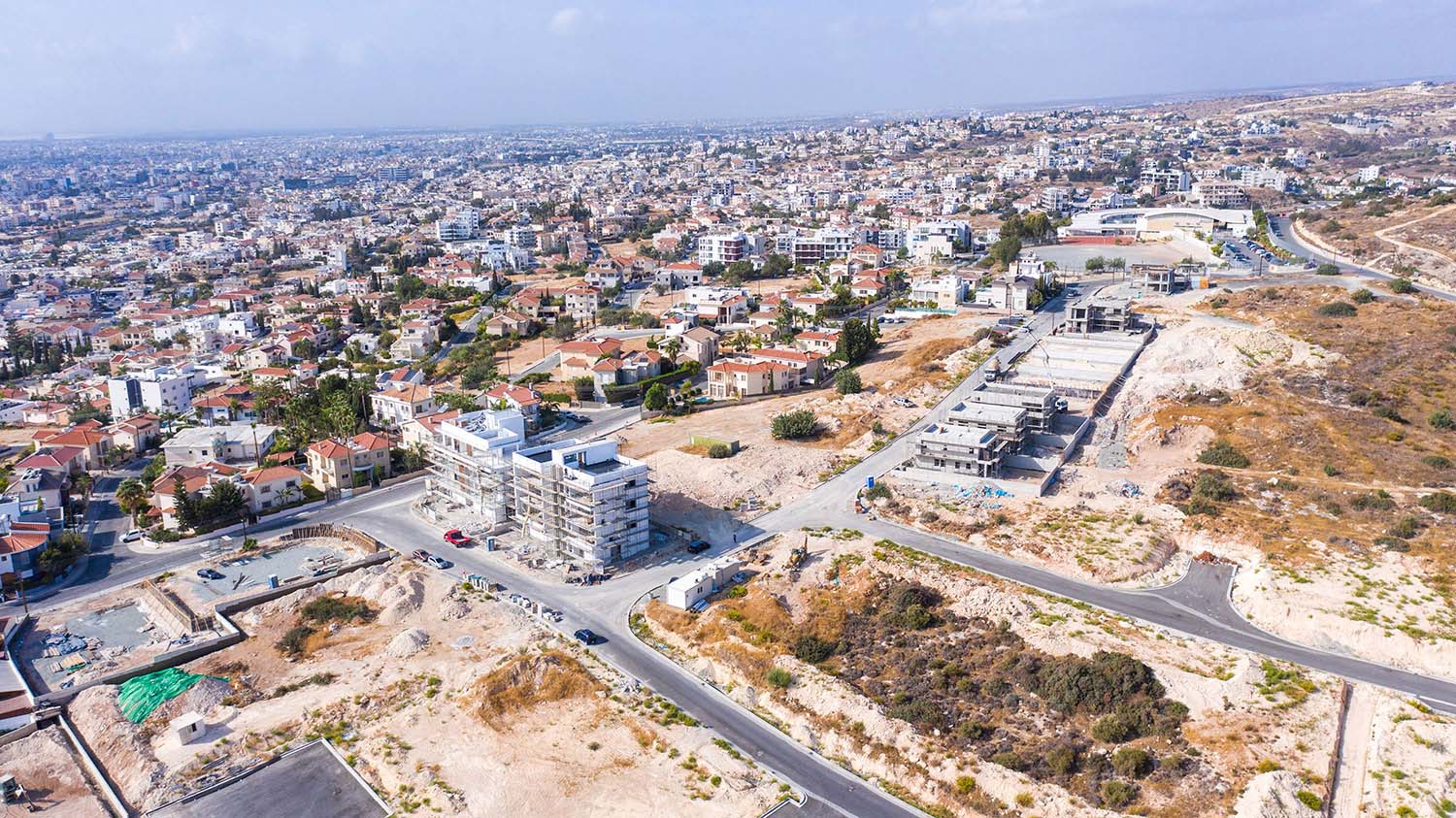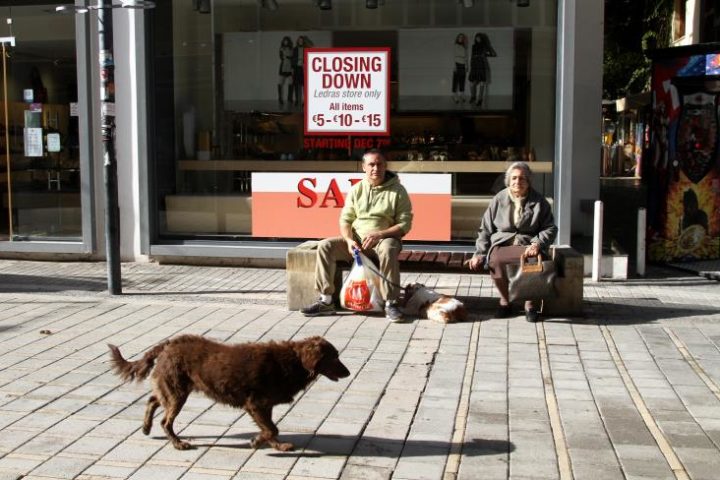By Charalambos Pitros
The ripple effect describes how property prices in one area influence those in others, as seen with London’s impact on the UK market, whereby changes in house prices in the UK are noted first in London before being observed in other regions.
In price booms, for example, house prices have tended to rise first in London and then gradually, over time, the other regions have caught up. The same applies when prices decline. Simply put, the areas closest to London are the first to feel the warmth or chill of change. A kind of domino effect, if you like.
Few reasons contribute to this phenomenon. Once an area becomes desirable, people are priced out and begin to search further afield while still trying to stay close to their original area. The cycle continues and people keep moving further out, and so the ripple goes further and further.
It is considered that areas regarded as financial centers, such as London, have better and quicker access to information regarding house prices. Moreover, participants in such housing markets are influenced to a larger degree by the performance of foreign markets, leading to more rapid changes in economic activity. It’s no coincidence that the epicenter of a ripple effect is typically an economic center.
The business center of Cyprus is evidently Limassol. It’s reasonable to assume that any house price changes will occur first and most notably in Limassol before spreading to other regions in both directions.
Our team analyzed the Central Bank of Cyprus – Residential Price Index data on a year-over-year (YOY) percentage change quarterly, uncovering intriguing indications related to the ripple effect in Cyprus.
In Limassol, regarding apartment price trends, there was an initial noticeable increase in early 2017. This increase initiated a ripple effect that spread to other regions of Cyprus about 1 year later, on average.
Increase earlier
When comparing apartments and houses, it appears that apartment price trends in all areas (except in Famagusta) started increasing noticeably earlier than houses, on average, around 1.5 – 2 years earlier. This indication seems reasonable as apartments traditionally attract a larger pool of potential clients and have stronger demand, making them a more attractive investment compared to houses.
Regarding Famagusta, both the trends of apartments and houses appear to follow the same pattern without any noticeable lags. This is reasonable given the unique nature of the Famagusta market, where both apartments and houses are commonly used as holiday homes, resulting in similar demand drivers.
In today’s market, anecdotal evidence indicates a noticeable decline in rental values in Limassol starting from Q3 2023, expected to spread to other regions within and by the end of 2024, putting downward pressure on capital values as well. This, coupled with investors seeking higher yields due to increased interest rates, will further pressure property prices.
Such an event, if it occurs, would be beneficial for the market overall. It’s worth noting that market trends, as described by statistical indices, are usually about 6 months behind because the data used is at least 6 months old compared to current market conditions.
In the current property market, nothing is that simple. Therefore, having access to current evidence of verified comparable sales or additional valid evidence is crucial for gaining an edge in the marketplace and staying ahead of lagged trends.
Charalambos Pitros holds a PhD in Real Estate Economics and is a Member of the Royal Institution of Chartered Surveyors (MRICS), of the European Real Estate Society (ERES) and of the Cyprus Scientific and Technical Chamber (ETEK). He is a Lecturer in Real Estate at American University of Cyprus (AUCY) and a Chartered Surveyor Valuer at Zyprus Real Estate – Property Valuers & Estate Agents. www.zyprus.com
The views and opinions expressed in this article are solely those of the author.










